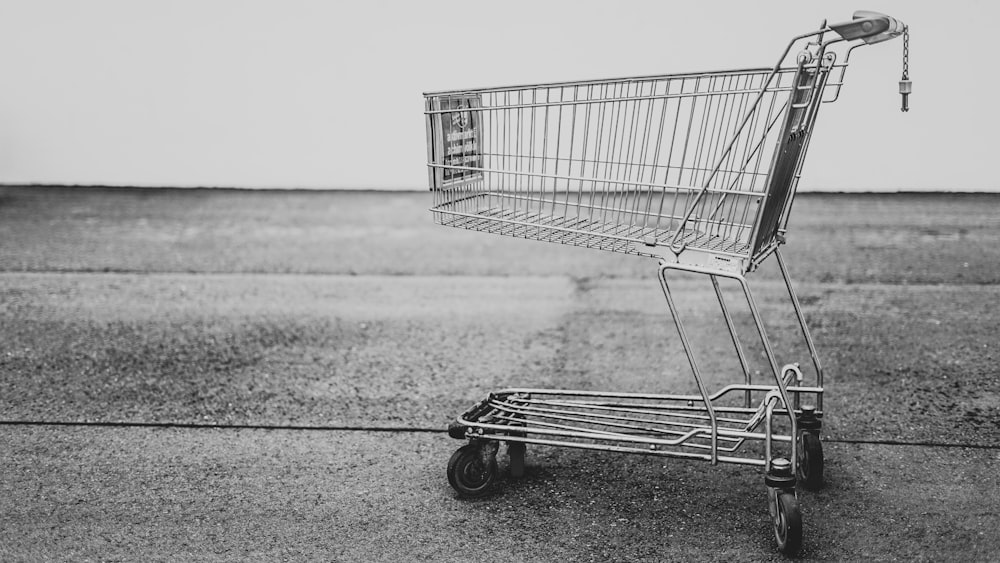

The fact that producing countries can market their products and turn them into a commercial gain has a significant share in the economic development of that country.
At the same time, trade is a profitable line of business that can be done not only between countries but also by large and small–scale companies and individuals in the country.
There are three parties in the trade. These are producers, intermediaries, and consumers. As the name suggests, manufacturers are the group that produces trade products; intermediaries bring them together with consumers, while consumers are the group that reaches and consumes the product they need. At the same time, trade can be made in two different ways as domestic trade and foreign trade.
Since ancient times, when barter was the only form of trade, trade has undergone economic and technological changes, as there is no money to make a profit. However, suppose we include barter in traditional forms of commerce and compare it to modern forms of marketing such as buying and selling products over the internet. In that case, we find several differences between the two.
Traditional Trade
This type of trade has been around for a long time and is the primary way to sell goods. Since every person buys the product at prices that are never the same as the retail market, they can determine the range in which they sell in their market.
This segment still trades with traditional trading methods that have been stagnant for several decades.
These folks still buy from retail stores that are much smaller and far less sophisticated than the glitz and technology of modern retail.
All markets in the towns with single stores are also covered by traditional trade. There are countless examples of people opening shops in the garage or the front of their homes to retail in a conventional way.
Modern Trade
Demonstrates the capacity of workers and companies willing to work on new projects while providing more product savings and profits opportunities.

All the major retail chains in the form of hyper ships and malls emerging in middle–class cities and, of course, the developed world represent modern commerce around the globe. The significant change in retail has come from the multi–brand stores in the malls, and the way business is run; electronically on the network with much less space and infrastructure restrictions. The marketing and supply of these electronic stores and large shopping malls are entirely different from traditional markets’ demand and supply chains.
The difference between Traditional Commerce and Modern Commerce is that Traditional commerce is the broader organization of building trades with working resources for places with historic preservation.
Modern commerce has working resources for businesses with a modern twist like supermarkets—fast–moving consumer goods.
What is the difference between Traditional Trade and Modern Trade?
- A shopkeeper owns their business from the beginning and continues to do so to the end and profits from the goods they sell in the traditional trade. On the other hand, modern businesses don’t have a proper owner sitting in the shops; they open their stores worldwide and name a brand.
- In traditional markets, shopkeepers are gatekeepers, although they may include profits in transactions. On the other hand, in modern commerce, such as multi–brand stores and electronics stores in large shopping malls, there are almost no owners to be seen by customers.
- Modern commerce can take place anywhere in the world at any time, even when the consumer is flying above the skies or on a moving train. But on the other hand, traditional commerce requires the customer to be present and display all the items for sale.
- Modern commerce happens anytime and anywhere where self–service options are removed, and people buy even while traveling. But on the other hand, traditional trade depends on self–service, time, and space.
- While self–service was the main feature of purchasing in modern commerce, the responsibility of displaying and selling in traditional marketing was on the seller and tradesman.
- The traditional market still operates on a simple rule: The customer visits the stores, likes something, and then pays and buys it.




